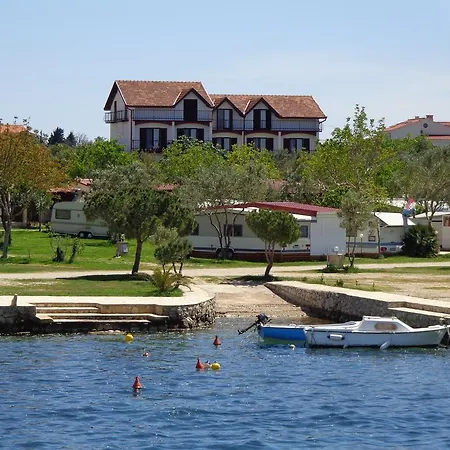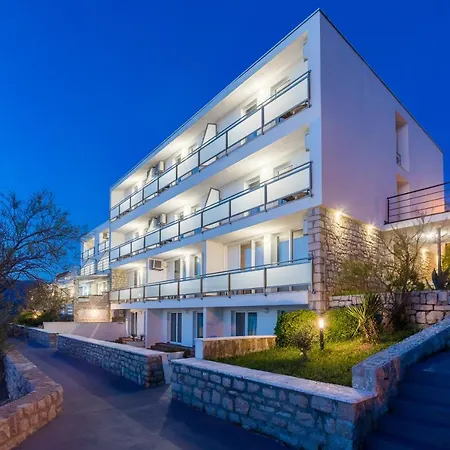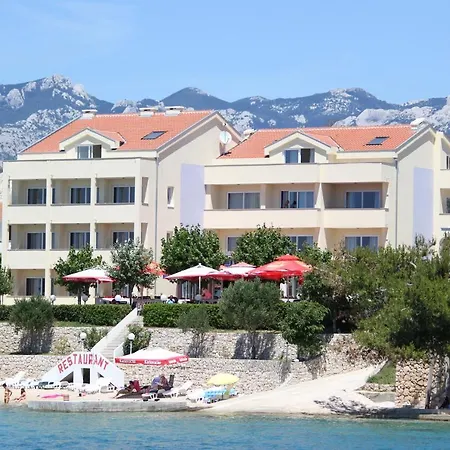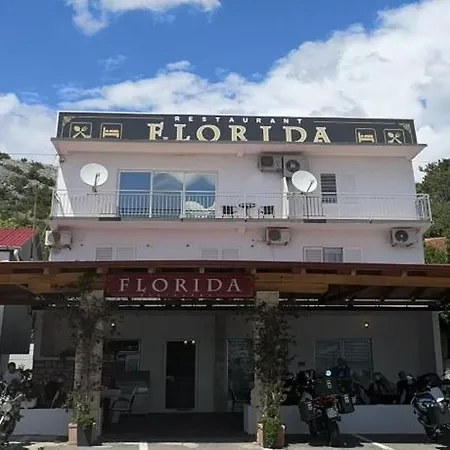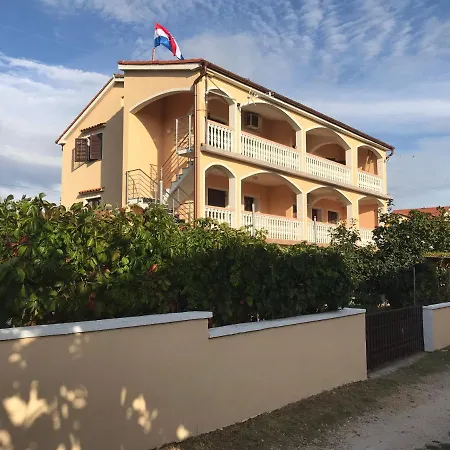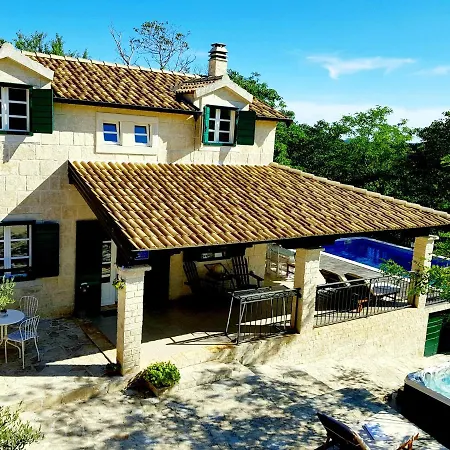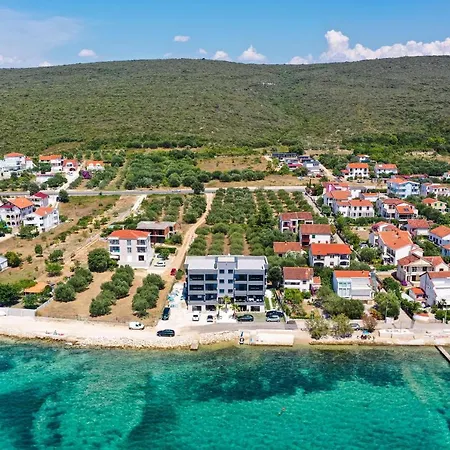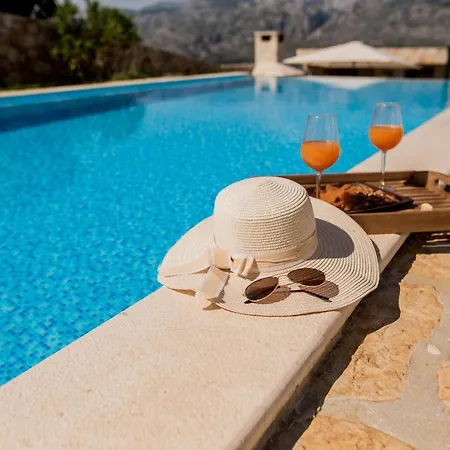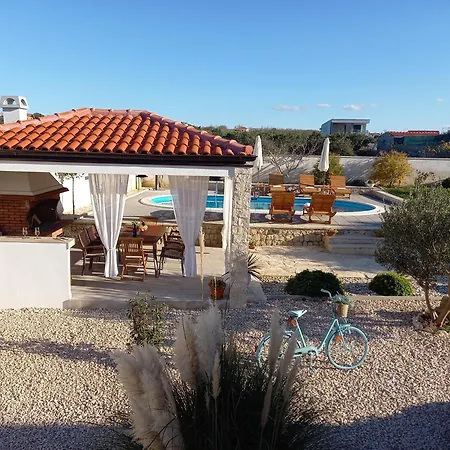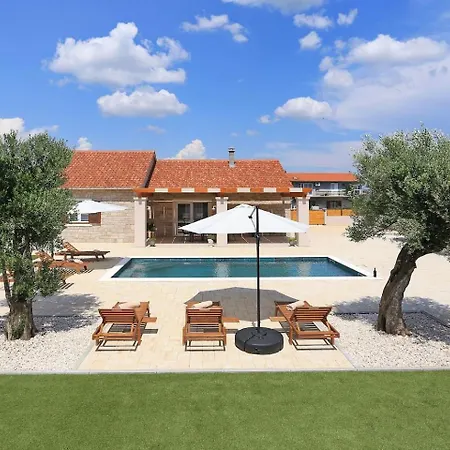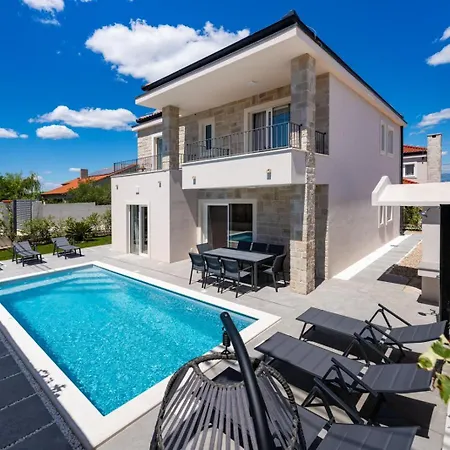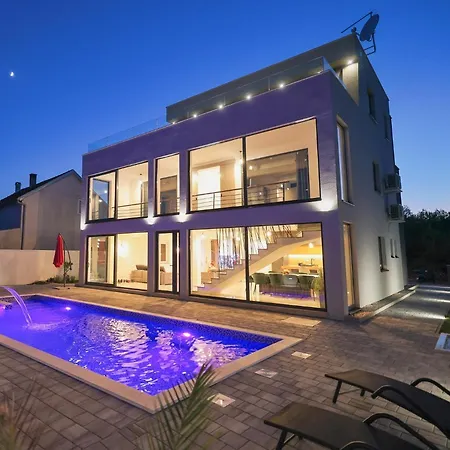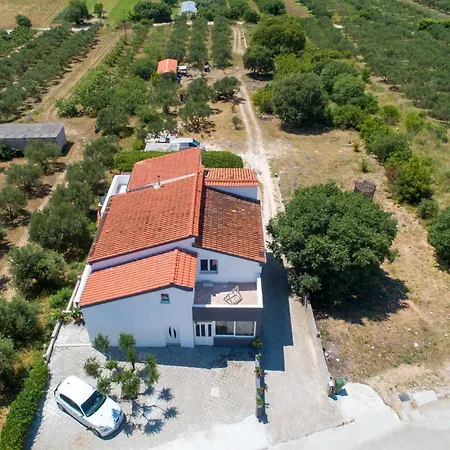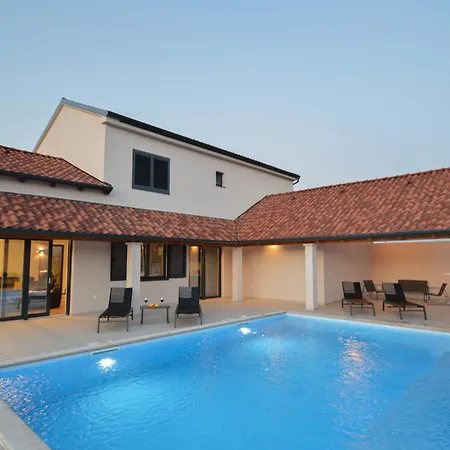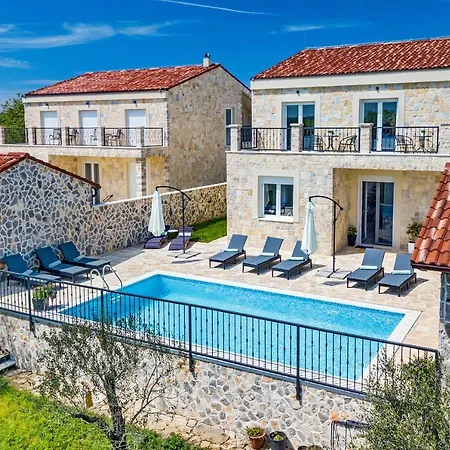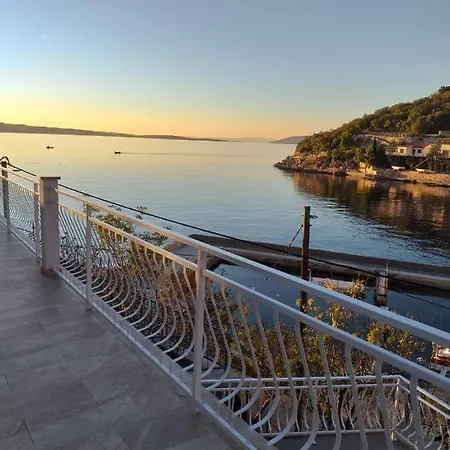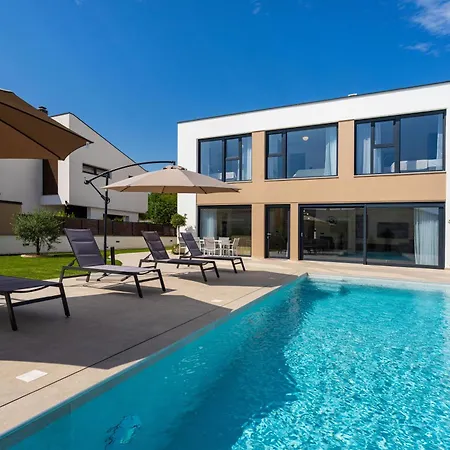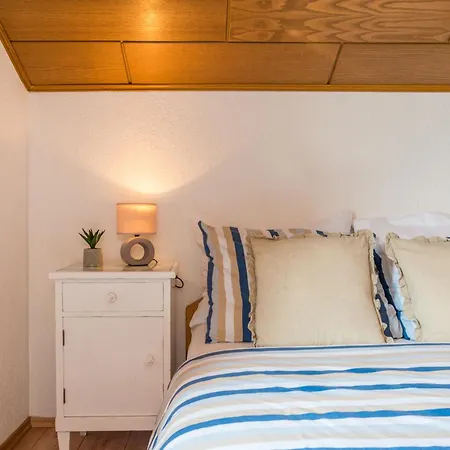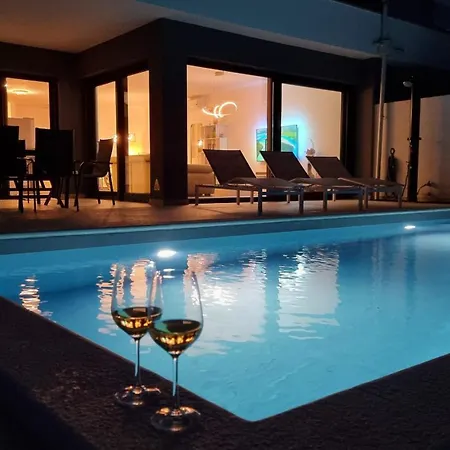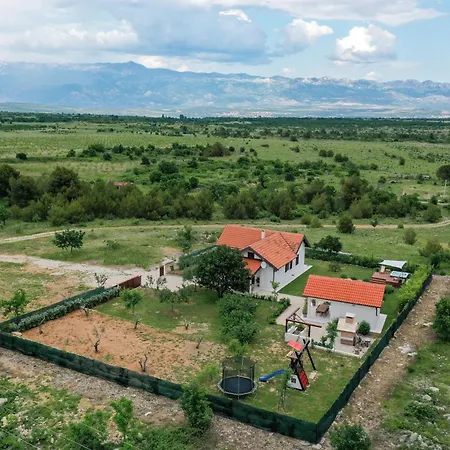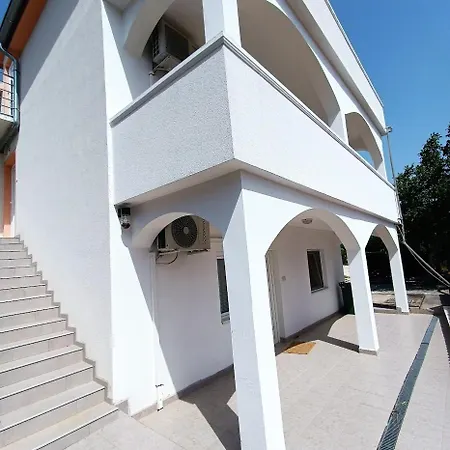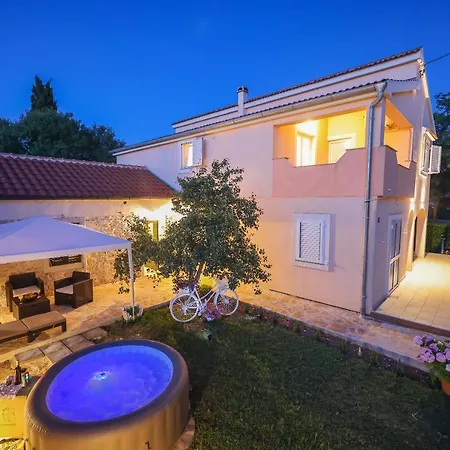Canyonlands National Park Hotels for Your Next Holiday
Why Tourists Visit Canyonlands National Park
- • Hiking balanced rock formations and canyons in Island in the Sky.
- • Stargazing in one of the premier dark sky parks in the U.S.
- • Rafting and kayaking through the Colorado River.
- • Visiting the mesmerizing petroglyphs and prehistoric sites.
- • Mountain biking along challenging trails like the White Rim Road.
The majority of accommodations near Canyonlands National Park are clustered in the nearby town of Moab, home to over 40 hotels offering a range of options including budget motels, mid-range chains, and luxury resorts; 3-star hotels average $150–$250 per night while 5-star stays like Hoodoo Moab, Curio Collection average $300–$500. Recently opened, Field Station Moab stands out for its eco-friendly design and outdoor adventure-focused amenities, making it a top pick for sustainable travelers.
Canyonlands National Park, located in southeastern Utah, is renowned for its stunning desert landscapes, dramatic red rock formations, and endless recreational opportunities for outdoor enthusiasts.
Divided into four districts—Island in the Sky, The Needles, The Maze, and the rivers—this expansive park draws visitors for activities like hiking, stargazing, and exploring ancient petroglyphs.
With proximity to attractions like Dead Horse Point State Park and the iconic Delicate Arch in nearby Arches National Park, the area serves as a gateway for adventurers and nature lovers alike.
Canyonlands National Park Tips You Must Know
• Book hotels in Moab at least 3–6 months in advance, especially during spring (March–May) and fall (September–November), the most popular travel seasons.
• Consider staying closer to Island in the Sky for shorter drives to the park’s panoramic overlooks if time is limited.
• Use shuttle services or rent a car, as public transportation options are scarce in the area.
• Pack outdoor gear; many hotels offer bike rental services, trail maps, and picnic lunch options.
• Be prepared for fluctuating temperatures—summer days can be hot, while evenings cool down significantly.


